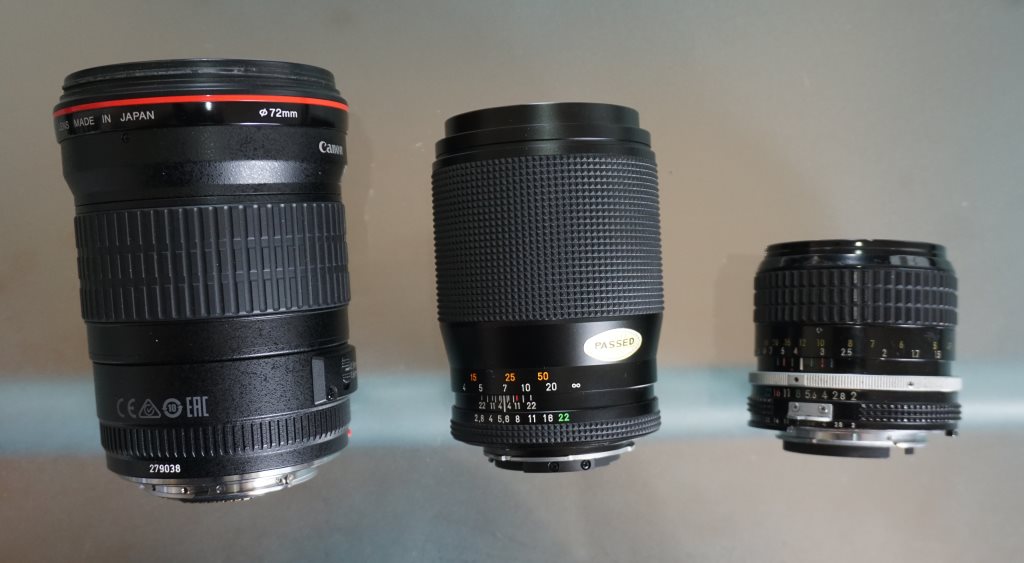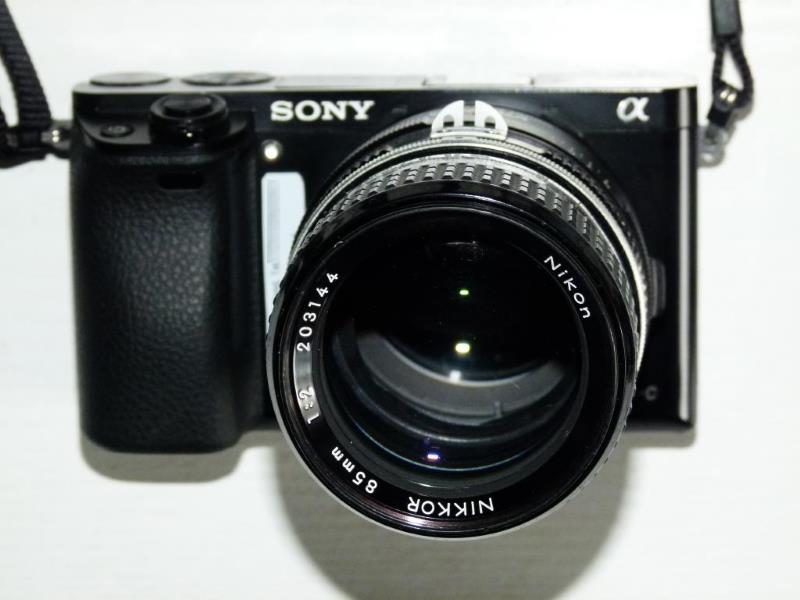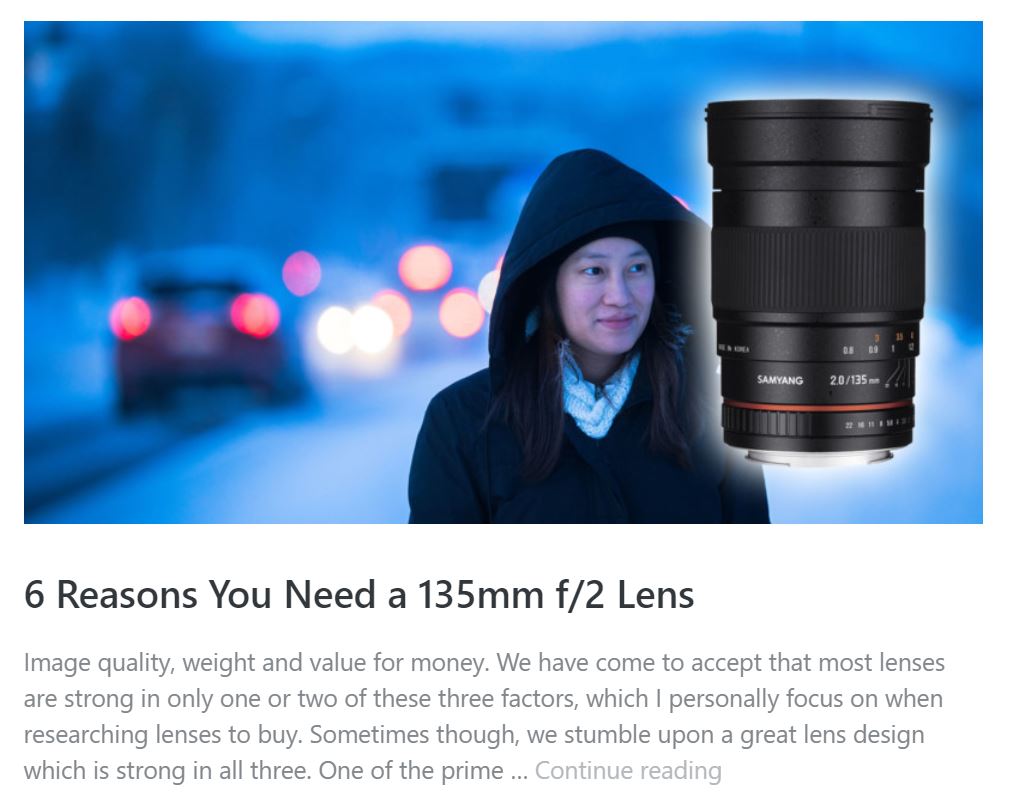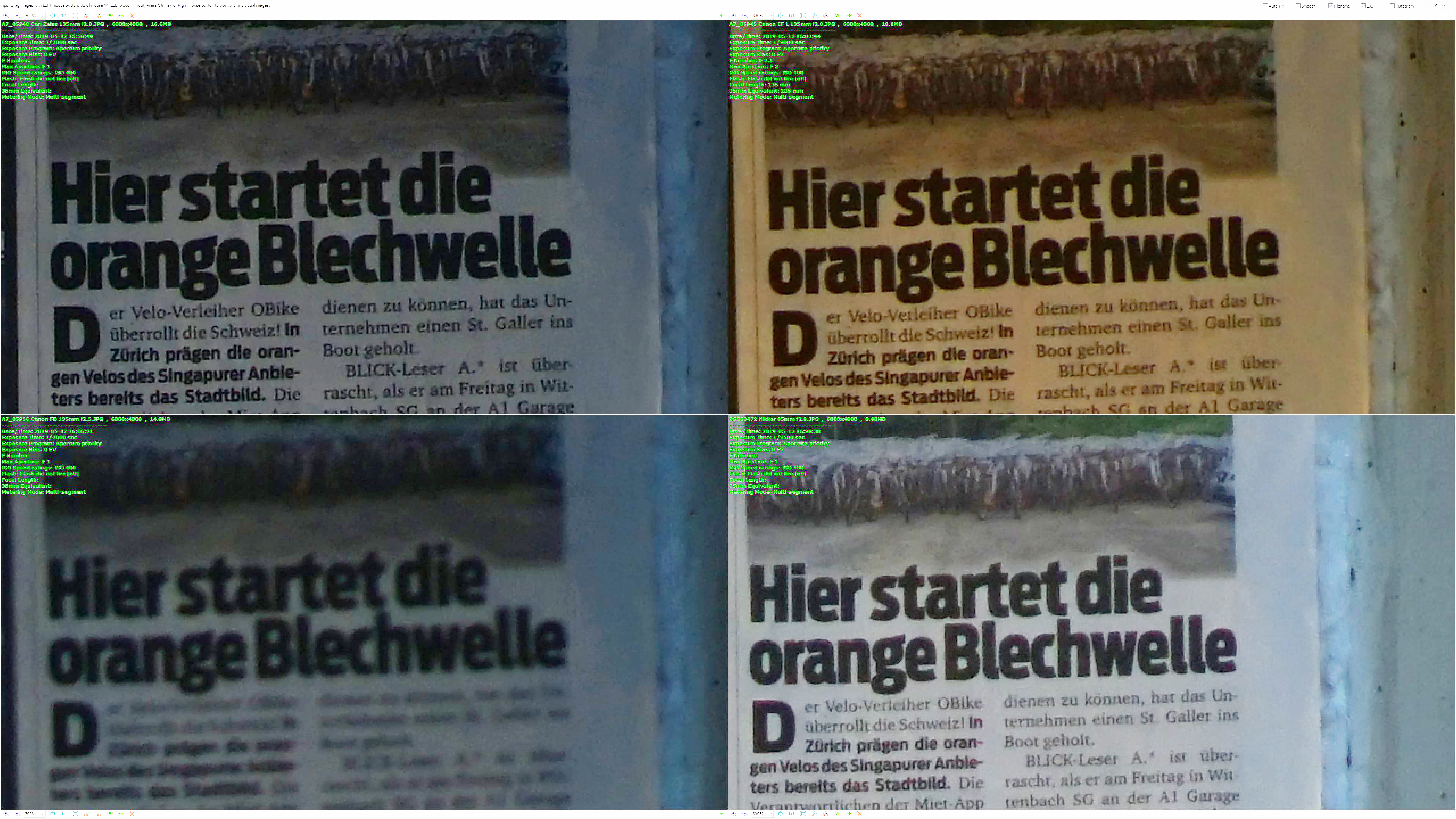Why going bokeh hunting with fast 135mm telephoto lenses?
For a maximum of subject separation and a creamy bokeh, a fast 135mm lens is a good choice. Lenses with longer focus than 135mm allow even better image separation but the versatility of usage scenarios reduces. Read Micael Widell’s article with many arguments for using fast 135mm f2 prime lenses for a good subject separation and a creamy bokeh:
Canon 135mm f2 USM L-lens: The Lord of the Red Rings
 Many refer to the Canon 135mm f2 USM L-Lens as the “Lord of the Red Rings” and think it is one of the – if not the – best and sharpest among all Canon L-lenses. See here:
Many refer to the Canon 135mm f2 USM L-Lens as the “Lord of the Red Rings” and think it is one of the – if not the – best and sharpest among all Canon L-lenses. See here:
https://www.purveyoroflight.com
/blog
https://bonphotographix.
wordpress.com
The Canon EF 135mm f2 USM L-lens is renowned for its image sharpness and perfect creamy bokeh, the background out of focus just melts away. More specifically, the Canon lens has decent sharpness at f2 with sharpness increasing to an impressive at f2.8. Especially impressive is this lens’ corner sharpness, where it puts most zoom lenses to shame.
Can the inexpensive Carl Zeiss and Nikkor vintage prime lenses compete with the legendary Canon EF 135mm f2 USM L-lens ?
This article compares the legendary Canon EF 135mm f2 L USM lens with two vintage prime lenses to check if the tested 30-plus-year-old vintage lenses could be used as an alternative regarding image and bokeh quality.
The 135mm lenses under test
The following lenses were compared in center and corner sharpness on a Sony a7ii full frame camera at f2.8 and f8 (except the Nikkor lens, which was used on a Sony a6000 APS-C camera):
- Canon EF 135mm f2 USM L-lens (approx. EUR 1,000 new, 72mm filter, 708g weight)
- Carl Zeiss Sonnar T* 135mm f2.8 (approx. EUR 200 used on e-bay, 55mm filter, 585g weight)
- Nikkor Ai 85mm f2 (approx. EUR 180 used on e-bay, same field of view on APS-C as a 130mm lens on full frame, 52mm filter, 310g weight)

To fill up the comparison sheets with a 4th interesting lens, I added the following lenses to the sharpness test:
- Canon FD 135mm f2.5 (tested at f2.8, approx. EUR 100 used on e-bay)
- Sony FE 24-240mm f3.5-6.3 at 135mm (tested at f8, approx. EUR 1,000 new)
Why add those lenses as the 4th lens for comparison?
- The Canon FD 135mm f2.5 seems to be a distant predecessor lens to the Canon EF 135mm f2 L USM, so the technical lens improvement over time can be verified.
- The Sony FE 24-240mm zoom lens at f8 gives an impression of how easily you can exceed the image quality by using an inexpensive prime vintage lens.
Sharpness test results
135mm-f2.8-lenses-Liechtenstein-corner
Bokeh test results
A7_05831-Canon-EF-135mm-f2
Learnings
- Sharpness: The Carl Zeiss Sonnar T* 135mm f2.8 is a bit sharper in the corners at aperture f2.8 than the Canon EF 135mm f2 USM L-lens and the Nikkor lens at aperture f2.8. In this discipline, the Lord of the Red Rings has found its master in the Carl Zeiss lens. Otherwise, the Canon EF 135mm f2 USM L-lens and the Carl Zeiss Sonnar T* 135mm f2.8 on full frame and the Nikkor on APS-C have a similarly good sharpness performance at f2.8 and f8. The over-40-year-old Canon FD 135mm f2.5 lens and the modern Sony FE 24-240mm lens lag far behind and are rather blurry at the corners of the test images.
- Image separation and bokeh: The Canon and Carl Zeiss lenses play in their own very pleasing league of bokeh. The bokeh of the Nikkor lens on APS-C is normal creamy and restless for far distant backgrounds. The Canon EF 135mm f2 USM L-lens has a significantly smaller depth of field at open aperture f2. If you like high quality images with a minimized shallow focus, the Canon EF 135mm f2 USM L-lens excels; this lens is a strong performer and hard to beat. If you want to create portrait photos like the Russian photographers Elena Sumilova or Anka Zhuravleva, better get the Canon EF 135mm f2 USM L-lens.
- T-stop: The Canon EF 135mm f2 USM L-lens and Nikkor Ai 85mm f2 lenses seem to have a better T-stop than the other lenses (because the shutter speed is faster than other lenses at the same aperture setting).
- Surprising Nikkor full frame lens on APS-C camera: Because the Nikkor Ai 85mm f2 is used on an Sony a6000 APS-C camera, a crop factor of 1.52 applies. This means the field of view on the a6000 camera compares to an approx. 130mm lens on a full frame camera. The Nikkor lens performs surprisingly well in sharpness on the a6000. The APS-C sensor only uses the sweet-spot of this lens, so the Nikkor lens shows less vignetting than the other lenses at open aperture.
- Neutral-density / ND-filter: If you plan to go bokeh hunting with one of those fast 135 lenses using the open aperture in bright daylight, better have an ND filter for the lens with you, especially if you do not have a camera with 1/8000 sec. or faster shutter speed and ISO 50 or less. Otherwise you will probably come home without any photos because they’ll all be overexposed. Using a ND 0.9 or x8 ND-filter would be a good choice to shoot with those lenses at open aperture in bright daylight.
As a Lannister always pays his debts in Game of Thrones, a Canon L-lens will always pay its debts in the Game of Lenses!
Rundown for bokeh-hunters on travel
If you’re looking for a small and fast prime telephoto lens for high-quality travel images with shallow focus at open aperture, then take a look at the Nikkor Ai 85mm f2 lens on an APS-C camera like the Sony a6000. If you are a bokeh-hunter on travel, this might be the telephoto lens/camera combination with the best price/performance ratio and smallest form format.



